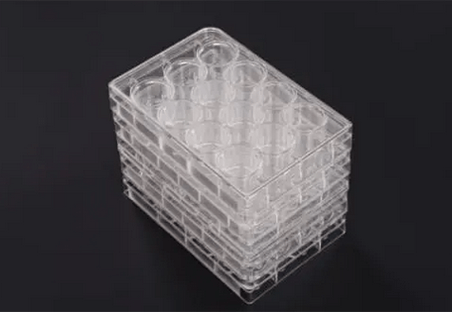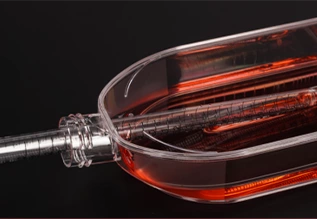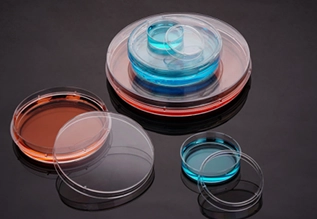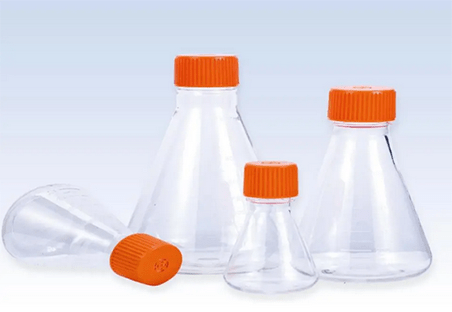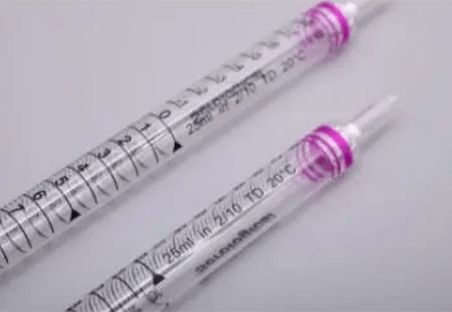The cell culture plate is a kind of cell culture consumables. Cell culture plates are TC-treated plates. Cells are grown in a controlled environment on flat dishes or trays called cell culture plates, which are made of glass or plastic. They are available in a variety of sizes, shapes, and well counts. To keep cell culture plates sterile and viable for as long as possible, they need to be stored correctly. To stop bacteria or other microorganisms from infecting the cells, sterility is crucial. To make sure the cells are still alive and able to multiply, viability is crucial.
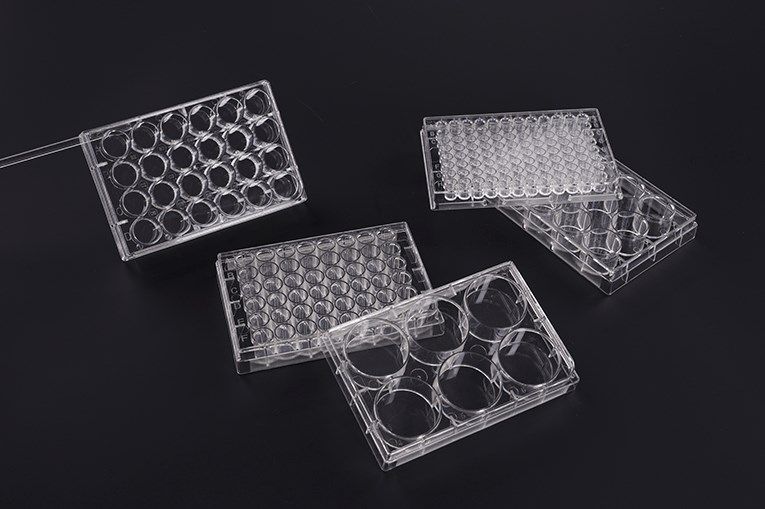
Types of Cell Culture Plates and Their Storage Requirements
There are numerous varieties of cell culture plates available, and each has specific needs when it comes to storage. Some of the most common types of plates include:
- Petri dishes
Petri dishes should normally be kept in an airtight container at room temperature. Although they can be kept in storage for a few weeks, it’s crucial to keep checking them for indications of contamination.
- T-flasks
T-flasks should normally be kept tilted and at room temperature. By doing this, the cells are kept from drying out. T-flasks can be kept in storage for a few weeks, but it’s crucial to periodically inspect them for contamination.
- Cell culture wells
Cell culture wells are normally kept in a sealed container at room temperature. Although they can be kept in storage for a few weeks, it’s crucial to periodically inspect them for indications of contamination.
What Are the Factors That Affect the Shelf Life of Cell Culture Plates?
- Type of plate
A variety of materials and surface treatments are used to create distinct kinds of cell culture plates. The longevity of the cells’ viability and the plates’ ability to endure contamination may be impacted by this. For example, while glass plates can be more costly and challenging to sterilize than plastic plates, they are typically more resilient and long-lasting.
- Sterilization method
The shelf life of cell culture plates can also be impacted by the sterilization technique used. The most popular sterilization technique is autoclaving, but if done too frequently, it can harm the plates. Although UV sterilization is a more gentle approach, not all microorganisms can be eliminated.
- Storage conditions
The shelf life of cell culture plates can also be impacted by how they are stored. Plates ought to be kept in a cool, dark place in a sealed container. Plates may get damaged and have a shorter shelf life if they are kept close to chemicals or other harsh materials.
- Frequency of use
The shelf life of cell culture plates will be shortened compared to those that are used infrequently. This is because frequently used plates have a higher chance of becoming contaminated.

How Long Can Cell Culture Plates Be Stored?
The type of plate, the storage environment, and the frequency of use all affect how long cell culture plates last.
- Petri dishes can be stored at room temperature for up to several weeks, but it is important to check them regularly for signs of contamination. Petri dishes can also be kept for several months at 4°C, but before using them, make sure they come to room temperature.
- T-flasks can also be stored at room temperature for up to several weeks, but it is important to check them regularly for signs of contamination. T-flasks can also be kept for several months at 4°C, but before using them, make sure to bring them to room temperature.
- Cell culture wells can be stored at room temperature for up to several weeks, but it is important to check them regularly for signs of contamination. It is crucial to bring cell culture wells to room temperature before use, as they can be kept at 4°C for several months.
How to Store Cell Culture Plates for Short-Term and Long-Term Storage?
- Store the plates in a sealed container to prevent contamination. Microorganisms are kept out of contact with the cell culture plates by a sealed container. This keeps the plates clean and stops the cells from becoming contaminated.
- Store the plates in a cool, dark place. Warmth and light are essential for the growth of bacteria and other microorganisms. We may stop these germs from growing and lower the chance of contamination by keeping cell culture plates in a cold, dark environment.
- Avoid freezing and thawing the plates multiple times. Ice crystals form inside of cells when they are frozen. The cell membrane and other cellular components may sustain harm from these ice crystals. The ice crystals melt when the cells thaw, but the damage to the cells is already complete.
- If you are storing the plates for more than several weeks, store them at -20°C or -80°C. At these temperatures, the cells’ metabolic activity is greatly decreased, which delays aging and keeps the cells from dying.
Conclusion
We need to know how long we can store cell culture plates. It facilitates ensuring that, when needed, the plates are viable and sterile. Overly prolonged plate storage can cause bacteria or other microorganisms to colonize the plate, harming or killing the cells. Additionally, cells may become viable again and die if plates are kept in storage for an extended period. Experiment planning is aided by knowing how long cell culture plates can be stored. It’s crucial to select plates that can be kept for a prolonged period, for example, if an experiment will take several weeks to finish. If the plates get contaminated or the cells die, this will help to prevent having to restart the experiment.
